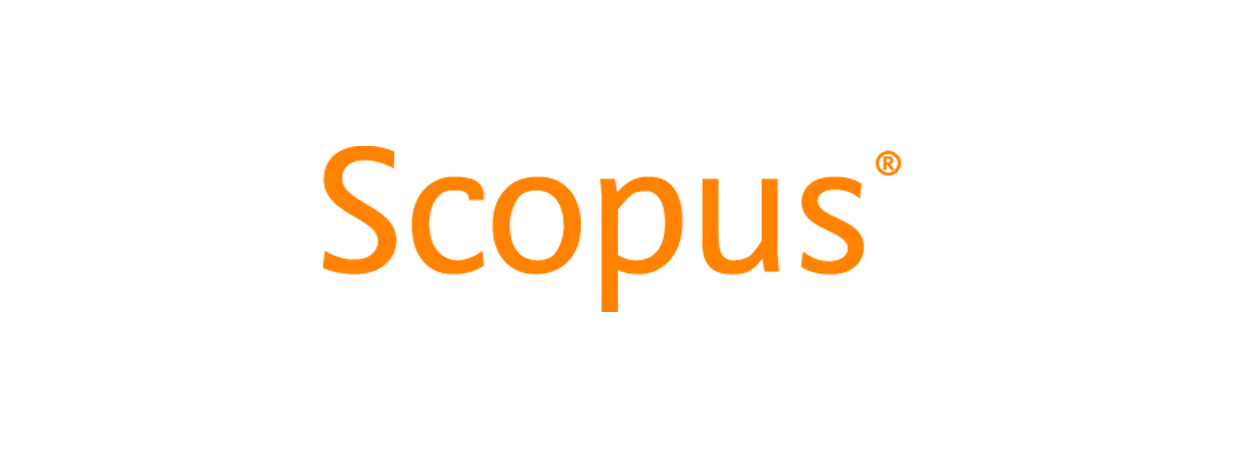KINERJA EKSPOR MINYAK KELAPA SAWIT INDONESIA
DOI:
https://doi.org/10.30908/bilp.v7i2.104Keywords:
Daya Saing, Kinerja, Ekspor, Crude Palm Oil, Palm Kernel Oil, Competitiveness, Performance, ExportAbstract
Kajian ini menganalisis kinerja ekspor Crude Palm Oil (CPO) dan Palm Kernel Oil (PKO) Indonesia diantara negara-negara produsen kelapa sawit, dan kinerja ekspor CPO dan PKO Indonesia ke beberapa negara tujuan ekspor utama. Metode analisis yang digunakan adalah indeks Revealed Comparative Advantage (RCA) dan Constant Market Share (CMS). Berdasarkan hasil analisis RCA menunjukkan bahwa kinerja ekspor CPO dan PKO Indonesia lebih rendah dibandingkan dengan Malaysia dan Thailand, tetapi sama dengan Colombia. Sementara hasil dari analisis CMS, kinerja ekspor CPO dan PKO cenderung menurun dibandingkan dengan pertumbuhan ekspor seluruh produk dunia. Disamping itu, parameter dari efek komposisi produk, efek distribusi pasar maupun efek daya saing, masih banyak yang bernilai negatif. Beberapa hal yang perlu dilakukan oleh pemerintah dalam meningkatkan daya saing dan kinerja ekspor baik CPO maupun PKO adalah kebijakan yang mendukung pengembangan ekspor CPO maupun PKO dengan mempertimbangkan daya saing hilirisasi industri sawit, peningkatan kualitas CPO dan PKO yang sesuai dengan standar negara yang menjadi tujuan ekspor.
The study analyzes the export performance of Indonesia’s Crude Palm Oil (CPO) and Palm Kernel Oil (PKO) among palm oil producers and the performance of Indonesia’s CPO and PKO exports in some major importing countries. The analytical methods used in this study are are Revealed Comparative Advantage (RCA) and Constant Market Share (CMS) indices. Based on RCA analysis, the performance of Indonesia’s CPO and PKO exports are lower than those of Malaysia and Thailand, but it is still similar to to Colombia. Meanwhile, the CMS analysis shows that the performance of Indonesia’s CPO and PKO exports tend to decrease compared to export growth of all the world products. In spite of these performances, the parameters from the effect of product composition, market distribution and competitiveness are still negative. Several ways that the government should perform to increase the competitiveness and performance of Indonesia’s CPO and PKO exports are supporting policy to the development of CPO and PKO exports by considering the competitiveness of downstreaming palm oil industries, and improving the quality of them in compliance with the standard applied by the export destination countries.
Downloads
References
Arshad, M., Fatimah dan A. Radam. (1997). Export Performance of selected Electrical and Electronic Product. Department of Agricultural Economics Faculty of Economics and Management Universiti Putra Malaysia. Diunduh pada tanggal 20 September 2013 dari www. econ.upm.edu.
Ashegian, P dan B. Ebrahimi. (1990). Internasional Business. New York: Harper and Row Publisher, Inc.
Balassa, B. (1965). Trade Liberalization and Revealed Comparative Advantage. Manchester School of Economic and Social Studies Journal, 33(2): 99-124
Casson, A. (1999). The Hesitant Boom: Indonesia’s Oil Palm Sub-Sector in an Era of Economic Crisis and Political Change. Appendix C-Malaysian Investment in The Indonesian Oil Palm Sector. Center for International Forestry Research (CIFOR), November 1999
De Vries, B.A. (1967). The Exsport Experience of Developing Countries. World Bank Staff Occasional Papers, No 3 pp. 18-31. Baltimore: Johns Hopkins Press.
Gumbira, S.E. (2010). Review Kajian, penelitian dan Pengembangan Agroindustri Strategis Nasional: Kelapa Sawit, Kakao dan Gambir. Jurnal Teknologi Pertanian Vol. 19(1), 45-55. Diunduh pada tanggal 19 September 2013 dari http://journal.ipb.ac.id/index. php/jurnaltin/article/viewFile/1109/186
Hadi, P dan S. Mardianto. (2004). Analisis Komparasi Daya Saing Produk Ekspor Pertanian Antar Negara ASEAN dalam Buletin Ilmiah Litbang Perdagangan, VOL.7 NO.2, DESEMBER 2013 147 Era Perdagangan Bebas AFTA. Jurnal Agro Ekonomi, Volume 22 No.1, Mei 2004: 46-73
Haque, A, S. Sultana and A. Momen. (2013). Export Performance of Malaysian Telecommunication Products: Market Prospects and Challenges. Proceeding of 3rd Asia-Pacific Business Research Conference 25-26 February 2013. Malaysia.
Harbeler, G. (1936). The Theory of International Trade with its Application to Commercial Policy. Londong: William Hodges and Co.
Index Mundi. (2004-2012a). Palm Oil Monthly Price-US Dollars Per Metric Ton . Diunduh pada 19 September 2013 dari http://www.indexmundi. com/commodities/?commodity=palmoil& months=120
Index Mundi. (2004-2012b). Palm Kernel Oil Monthly Price-US Dollars Per Metric Ton. Diunduh pada 19 September 2013 dari http://www.indexmundi.com/ commodities/?commodity=palm-kerneloil& months=120
Kementerian Keuangan. (2013). Nota Keuangan dan Rancangan Anggaran dan Pendapatan Negara RI. Jakarta: Kementerian Keuangan.
Kementerian Pertanian. (2012). Statistik Pertanian 2012. Jakarta: Kementerian Pertanian.
Marks, S., D. Larson, and J. Pomeroy. (1998). Economic Effects of Taxes On Exports of Palm Oil Products. Bulletin of Indonesian Economic Studies Vol 34 No. 3, December 1998
Poramacom, N (2002). Revealed Comparative Advantage (RCA) and Constant Market Share Model (CMS) on Thai Natural Rubber. Kasetsart Journal. (Soc.Sci):23:54-60.
Prajogo, H dan S. Mardianto. (2004). Analisis Komparasi Daya Saing Produk Ekspor Pertanian Antar Negara ASEAN dalam Era Perdagangan Bebas AFTA. Jurnal Agro Ekonomi, Vol. 22, No 1, Mei 2004
Richardson, J.D. (1971). Some Sensitivy Tests for a Constant Market Share, Analysis of Exsport Growth. Review of Economics and Statistics. Vol 53, PP. 300-204
Salvatore, D. (2007). International Economics 9th edition. USA: Wiley and Sons Inc.
Saptana. (2010). Tinjauan Konseptual Mikro-Makro Daya saing dan Strategi Pembangunan Pertanian. Forum Penelitian Agro Ekonomi. Volume 28 No 1, Juli 2010:1-18
Simeh, M. A. (2004). Comparative Advantage of the European Rapeseed Industry visa- vis Other Oils and Fats Producers. Oil Palm Industry Economic Journal, Vol 4 (2), pp. 14-22.
Simonis, D. (2009). Belgium Export Performance, A Constant Market Share Analysis. Working Paper 2-00, Economic Analysis and Freedom.
Sudaryanto, T dan P. Simatupang. (1993). Arah Pengembangan Agribisnis: Suatu Catatan Kerangka Analisis dalam Prosiding Prespektif Pengembangan Agribisnis di Indonesia. Bogor: Pusat Penelitian Sosial Ekonomi Pertanian.
Suprihartini, R . (2005). Daya Saing Ekspor Teh Indonesia Di Pasar Teh Dunia. Bogor: Lembaga Riset Perkebunan Indonesia
Tambunan, T.H. (2004). Globalisasi dan Perdagangan Internasional. Jakarta: Ghalia Indonesia.
Tyers, R, P. Phillips and D. Lim. (1985). ASEAN-Australia Trade in Manufactures: a Constant Market Share Analysis. 1970- 1979. In Lim,D (ed). 1985. ASEANAustralia Trade in Manufactures. Melbourne: Longman Chashire.
UN Comtrade. (2003-2012). Trade Flow. Diunduh tanggal 1 s.d 15 September 2013 dari http://comtrade.un.org/db/ dqBasicQueryResults










 Buletin Ilmiah Litbang Perdagangan
Buletin Ilmiah Litbang Perdagangan
